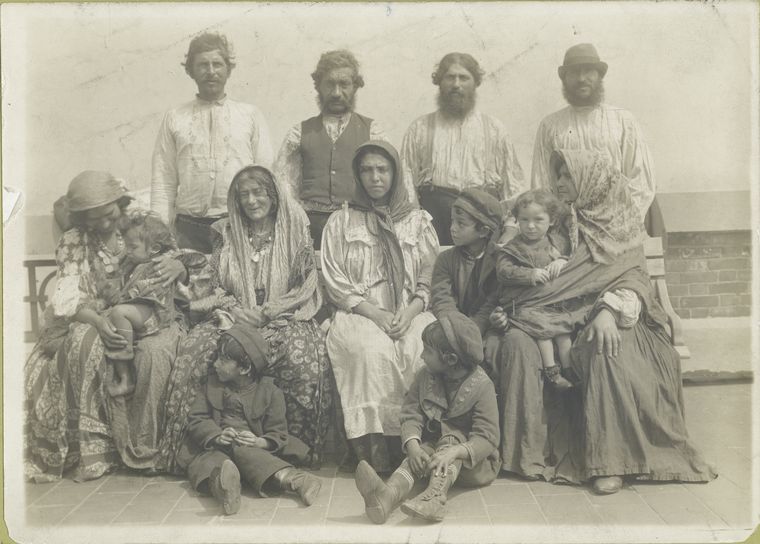Obama’s Financial Reform : CPA
In Obama’s Financial Regulatory Reform program for the nation, a bill was passed to create an agency that would protect consumers from abusive lending practices, set rules for trade, and take steps to ensure that the failure of a couple of large banks/investment firms would cripple the economy. This agency is called the Consumer Protection Agency (CPA). In this case, Obama is tightening government control over trade and the banks to ensure that the economy doesn’t completely topple over.
Contrary to this, Reaganomics spoke of “economic freedom” and proposed an “economic Bill of Rights.” Reagan wanted to combat poverty and dismantle regulations as well as reducing taxes. Reagan did not have to deal with a failing economy the way that Obama did when he entered the presidency. Therefore their financial regulation policies were much different due to these different situations.
http://topics.nytimes.com/topics/reference/timestopics/subjects/c/credit_crisis/financial_regulatory_reform/index.html?scp=8&sq=government%20regulation&st=cse














